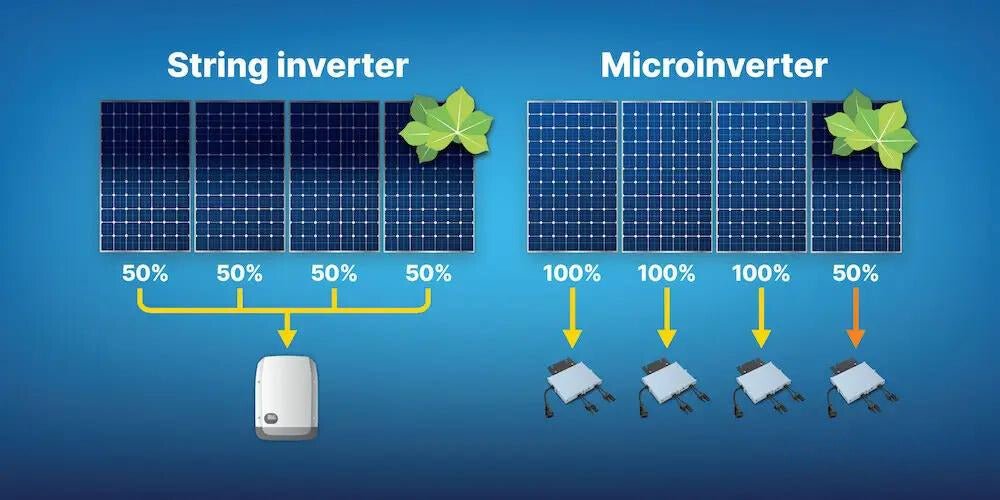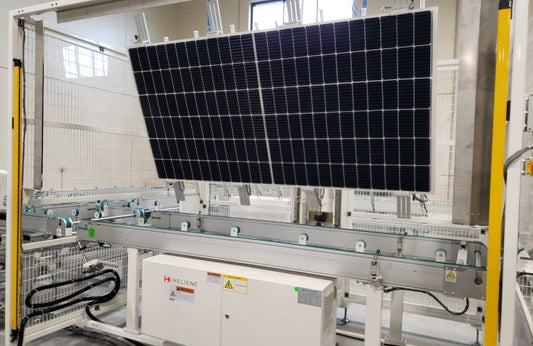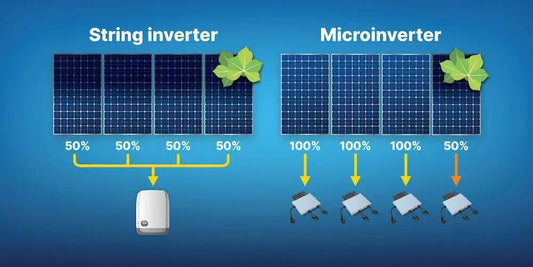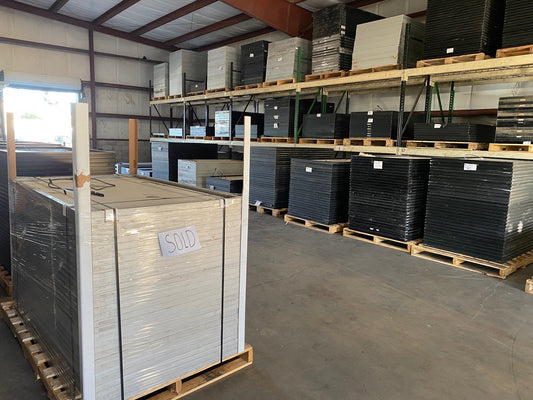When it comes to harnessing solar energy, the choice of inverters plays a crucial role in determining the efficiency and performance of a solar power system. Two popular options on the market are microinverters and string inverters, each with its unique set of advantages and considerations. In this blog post, we'll delve into the key differences between microinverters and string inverters and explore why microinverters are often considered the superior choice for certain applications.
Understanding Inverters:
Before we dive into the specifics, it's essential to understand the basic function of solar inverters. In a solar power system, inverters are responsible for converting the direct current (DC) generated by solar panels into alternating current (AC), which is used to power our homes and businesses.
Microinverters:
-
Individual Panel Optimization: One of the primary advantages of microinverters is their ability to optimize each solar panel individually. Unlike string inverters, where panels are connected in series, microinverters are attached to each solar panel. This means that the performance of each panel is independent of the others, maximizing the overall system efficiency, especially in situations where shading or panel mismatches may occur.
-
Enhanced Monitoring and Maintenance: Microinverters offer advanced monitoring capabilities at the individual panel level. This not only provides homeowners with real-time insights into the performance of each solar panel but also makes it easier to identify and address issues promptly. String inverters, on the other hand, can make troubleshooting more challenging since issues affecting one panel may impact the entire string.
-
Scalability and Expansion: Microinverters offer greater scalability and flexibility for system expansion. If you decide to add more solar panels to your system in the future, it's easier to integrate additional microinverters. This modular approach contrasts with string inverters, where adding panels might require adjustments to the entire string.
String Inverters:
-
Simplicity and Cost: String inverters are generally simpler in design and cost less upfront compared to microinverters. For small, unshaded installations with uniform panel performance, string inverters can be a cost-effective choice.
-
Space Efficiency: String inverters take up less physical space since they are typically installed in a central location. This can be an advantage for homeowners with limited space or aesthetic concerns.
Conclusion:
In the ongoing debate between microinverters and string inverters, the choice ultimately depends on the specific requirements of your solar power system. Microinverters shine in situations where individual panel optimization, advanced monitoring, and scalability are critical factors. While string inverters may be suitable for simpler installations with uniform conditions, the advantages offered by microinverters in terms of efficiency and performance make them a compelling choice for many homeowners.
As technology continues to advance, it's essential to stay informed about the latest developments in solar inverter technology. Whether you choose microinverters or string inverters, the goal remains the same – to harness solar energy efficiently and sustainably for a brighter and greener future.






